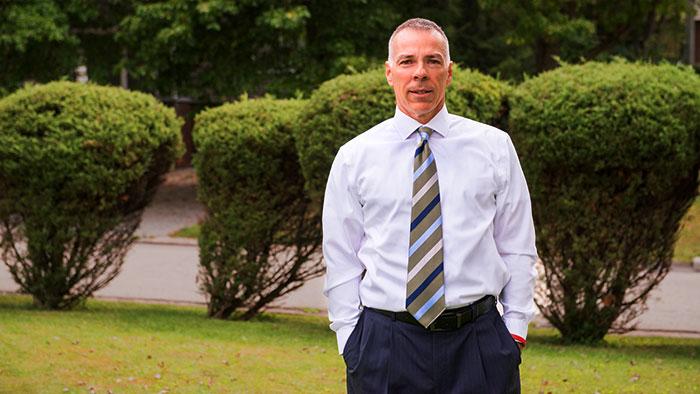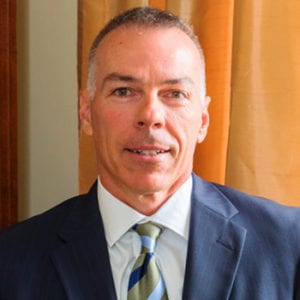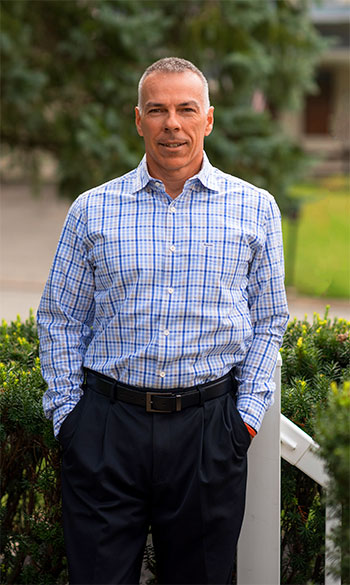Customizing financial approaches to meet client needs

Zawasky Advisors • Questar Asset Management (QAM)
Read full biography below
While I consider myself primarily to be an investment advisor affiliate, I think it is important that I first delve into more basic financial issues with a client or client couple. Personally, I find it very helpful to have initial meetings with clients at their home, as that helps me to get to know them better as individuals. One of the most important and sensitive issues we might discuss is debt management. That is an area that many people might be uncomfortable speaking about at first, but I try to create an open atmosphere where we can get all of the issues out on the table. Helping people attack any serious debt issues, especially high-interest-rate debt, is an important first step before thinking seriously about investment approaches.
Some other factors we usually discuss relate to their relationships with other trusted advisors and family members. Do they have an existing relationship in place with another advisor? Are they looking for a second opinion, or is this the first time they have worked with an advisor? Do they have key relationships with an attorney or CPA I should be aware of? What is their family situation, in terms of children, parents, or other relatives that may impact their planning objectives? What is their broad outlook on legacy planning? By the time we work through these types of questions, I will be more fully prepared to help them begin assessing an overall investment planning approach.
Some clients are more sophisticated than others, but I think virtually all clients respond well to some basic education about investment concepts that are important in the current financial environment. I like to explain the recent history of the markets, risk management, diversification, and issues related to the sequence of returns. I take clients through some broad trends of the S&P 500 over the past 15 to 20 years, showing the volatility, drawdowns, and roller-coaster ride the index has experienced. While everyone is aware of the market crashes that have occurred, very few of my clients have really looked hard at market cycles and the length of time it takes the market to get back to a former high or breakeven level. This type of discussion sets the stage nicely for when we get to the point of discussing specific investment alternatives.

This idea is especially important for retirees who need their portfolios to provide retirement income over the long term. When withdrawals have to be made during periods of steep portfolio drawdowns, it is far from an ideal investment planning situation. We are trying to help them avoid that kind of scenario through the combination of a sound asset-allocation strategy; making sure a retiree’s other sources of income are well-coordinated with their broad investment portfolio construction; applying several different elements of diversification; and utilizing active, risk-managed investment strategies where they make sense. I firmly believe that this sort of approach can produce a higher probability of competitive returns, with a significantly lower level of risk.
I tell clients that this is the reality of the situation—if you want to achieve the very best years of S&P 500 Index returns, you also have to be prepared to accept the worst years. That means drawdowns of 30%, 40%, or even over 50%. Very few people, when it is explained this way, see that as their preferred investment strategy. We can, of course, get as aggressive as any individual would like to, but that is not something I would generally recommend. When a client can envision achieving long-term competitive returns with a quantitatively lower exposure to risk, it makes a pretty persuasive case for actively managed strategies.
 Mark Zawasky is president of Zawasky Advisors, located in South Park, Pennsylvania. Mr. Zawasky has been working with clients and serving their investment needs since 1990, emphasizing an individualized approach to helping them meet their long-term objectives.
Mark Zawasky is president of Zawasky Advisors, located in South Park, Pennsylvania. Mr. Zawasky has been working with clients and serving their investment needs since 1990, emphasizing an individualized approach to helping them meet their long-term objectives.
A native of the Pittsburgh area, Mr. Zawasky attended the University of Pittsburgh before earning his undergraduate degree at Liberty University. He majored in management information systems and says he was “part of the first class that graduated from Liberty within that area of concentration.”
Mr. Zawasky held several positions in the computer and information management field before transitioning his career to financial services. He initially worked as a registered representative for a brokerage firm and then joined PNC Bank in Pittsburgh, working with clients of the bank in the area of financial planning and investments. Mr. Zawasky says this was a “very interesting and challenging position with a diverse set of clients, from people who had worked their entire lives in the steel mills to the management of venture capital firms.”
Seeing opportunity in developing an independent practice, Mr. Zawasky started his own firm in 1997 and began his working relationship with Questar Capital and Questar Asset Management in 2006. Zawasky Advisors offers numerous financial products and services to clients and has extensive resources through affiliates. Services offered include fee-based asset management, retirement planning, insurance and annuity products, and estate preservation.
Mr. Zawasky is married with two grown children. He and his family “enjoy nature and spending time in the mountains.” Mr. Zawasky, whose family “saw firsthand the devastating effects of ALS” when his younger brother succumbed to the disease, is involved in advocating for increased funding to combat ALS and is a strong supporter of the ALS Association. He is professionally associated with the National Slovak Society, a fraternal benefit organization.
Disclosure: Securities offered through Questar Capital Corporation (QCC). Member FINRA, SIPC. Advisory services offered through Questar Asset Management (QAM), a registered investment advisor. Zawasky Advisors is independent of QCC and QAM.
Post-publication note: Mr. Zawasky has been registered with Cambridge Investment Research Inc. since 2017.
Photography by Kathy Wolfe



